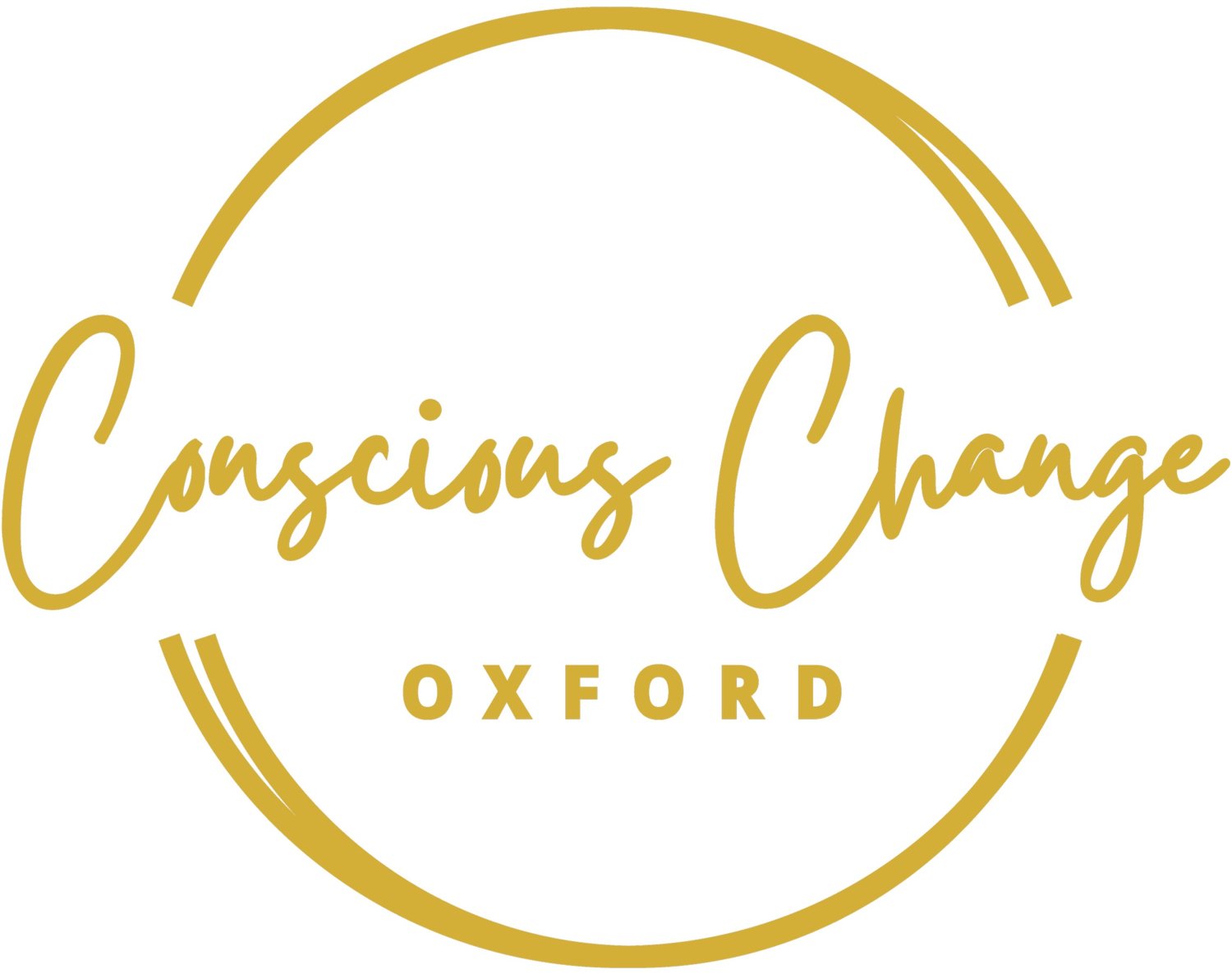Bipolar and Other Mood Disorders
Bipolar disorder is a mental health condition that causes extreme shifts in mood, energy, and activity levels. It affects people of all ages and can cause serious disruption to everyday life.
Bipolar disorder can be divided into three distinct types. These are Bipolar I, Bipolar II, and Cyclothymic Disorder. Each type of bipolar disorder has its own unique set of symptoms and treatment approaches.
Bipolar I disorder is characterized by having experienced one or more manic episodes in combination with hypomanic or major depressive episodes. For some people, mania can lead to psychosis, a temporary disruption of reality.
Bipolar II Disorder is a distinct mental illness characterized by depression and hypomania. The symptoms are very similar to bipolar I disorder; however, the symptoms may be milder and occur for shorter durations of time.
Bipolar disorder and other related conditions encompass a variety of symptoms and behaviors. These can include manic or hypomanic episodes, as well as depressive states. The symptoms could lead to dangerous mood swings and erratic behavior, which could seriously impact an individual's life.
Mania and hypomania are two related conditions, but they have different severities. While the symptoms of both these episodes are similar, mania is more intense and, as a result, can cause more visible issues regarding a person's work, education, social life, and relationships. Individuals experiencing mania may find themselves in a state of psychosis and require inpatient hospital care to recover.
